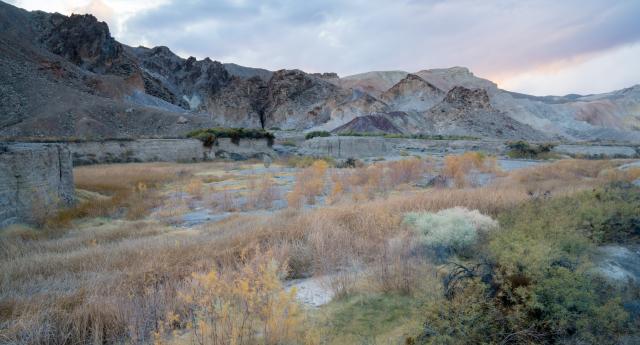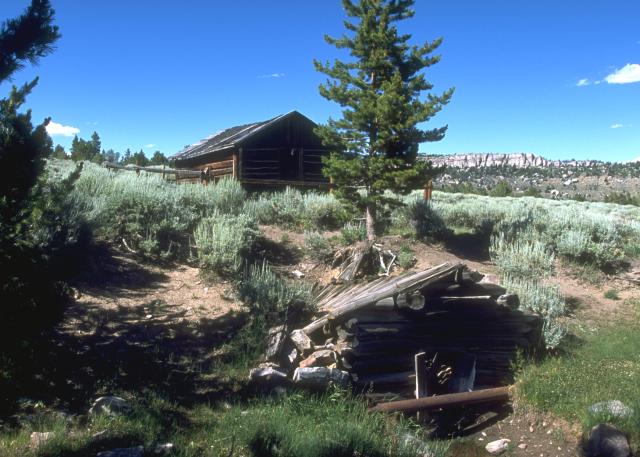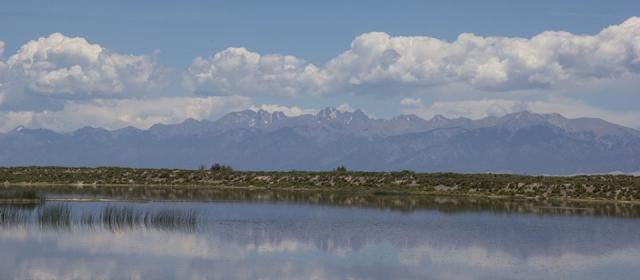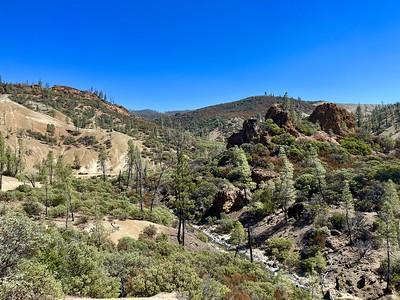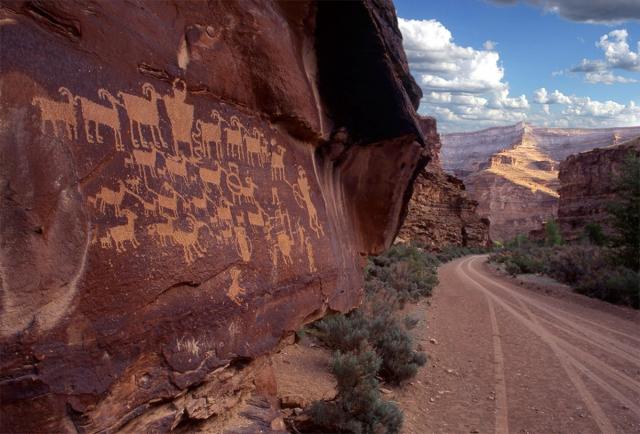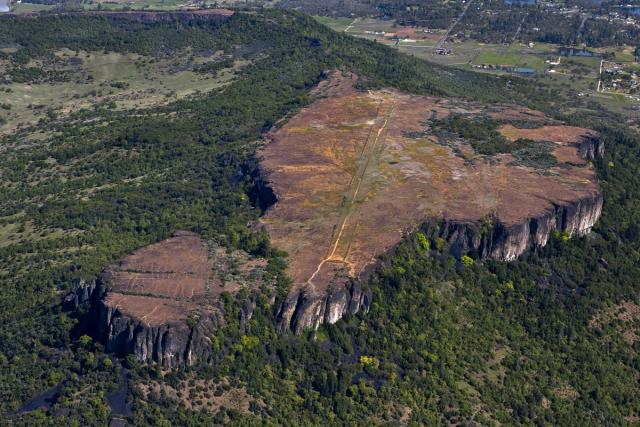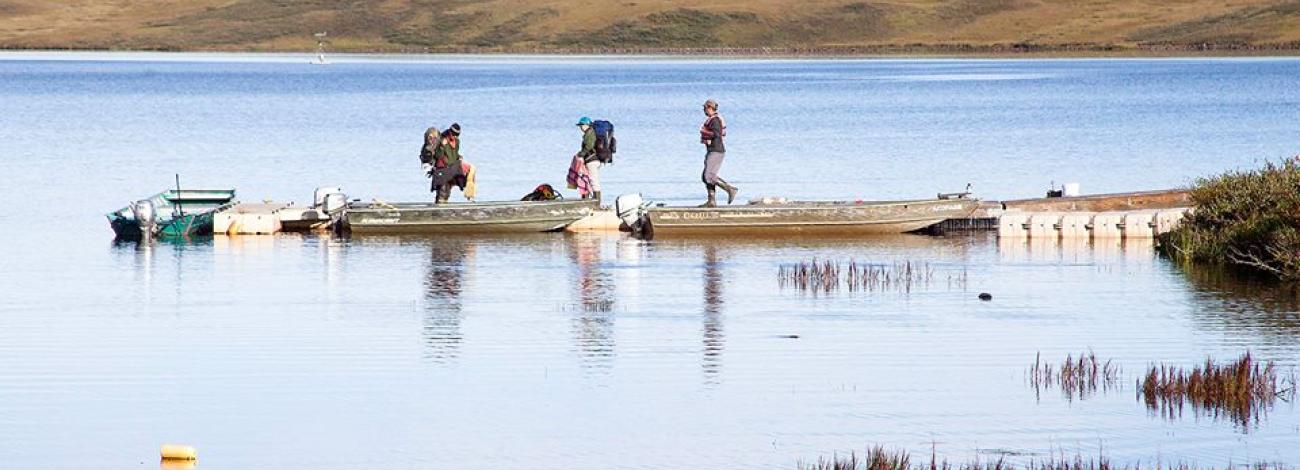
Areas of Critical Environmental Concern
Areas of critical environmental concern (ACECs) are public lands where special management is needed to protect important resources and unique scenic landscapes, or to protect people and property from hazards. The designation is unique to the BLM, and there are ACECs in every land use plan we currently have in place. Designating ACECs allows us to conserve important and relevant resource values through tailored, site-specific management.
The Federal Land Policy and Management Act (FLPMA) requires the BLM to prioritize designating and protecting ACECs that contain these resources or hazards. ACECs are proposed and evaluated through land use planning using the best available information and extensive public involvement, so you have a say in how they are managed.
These areas offer exceptional opportunities to explore the wide array of resources BLM-managed public lands offer, from important wildlife migration corridor habitats to sites that protect and preserve the full history of our country. Across all ACECs, we work to ensure that these places help us meet land management objectives and local needs. We also work to ensure continued public access while identified resources are protected.
1. How does land use planning relate to ACECs?
Each BLM field and district office prepares land use plans for public lands, as required by FLPMA. As a resource management plan is developed, BLM managers work with local, state and Tribal governments, the public, and other stakeholders to identify appropriate uses of the public lands and any protection measures needed. People can nominate areas of public lands for consideration as an ACEC during the planning process. The BLM could also decide to initiate a land use plan amendment in order to consider designating a proposed ACEC.
2. What activities are allowed in an ACEC?
The BLM is required to manage each ACEC in a manner that conserves, protects and enhances the relevant and important values identified during planning. The activities allowed within each ACEC depend on the resources and natural values the area is designated to protect. ACEC designations always recognize valid existing rights, and because their management is especially flexible and site-specific, they can work alongside, or together with, other uses on a landscape.
Development may continue in an ACEC, but additional information my be needed to ensure that a proposed project or activity will be consistent with special management. An ACEC can also provide opportunities for recreation and education, which yield tangible benefits for local communities through recreation and tourism. In some cases ACECs may be appropriate sites for offsetting the impacts of development elsewhere on public lands.
3. How are ACECs nominated?
Anyone can nominate an ACEC to be evaluated during land use planning. We review internal data and consider the best available science and quality information gathered during extensive public involvement and Tribal consultation. Sometimes, we receive an ACEC nomination outside of the planning process. If a nomination involves an area being considered for a development project, we would not halt review of the proposed project. We will analyze potential impacts to relevant and important values, and consider how to they might be avoided, minimized or offset. In rare cases, we might establish temporary protections for an area until the ACEC nomination could be fully considered during a planning effort.
4. How are ACECs evaluated?
Not all areas with wildlife habitat, or cultural, historical or scenic values are designated as ACECs. To be eligible for designation as an ACEC, the area must meet three criteria: relevance, importance and need for special management attention. Relevance and importance may include ecological intactness and habitat connectivity. If a nominated area meets the criteria, an interdisciplinary planning team develops potential management options and incorporates the proposed ACEC into a draft resource management plan (RMP). Members of the public, Tribes, state and local governments, and other stakeholders have the opportunity to review and comment on proposed ACECs and the associated management options during a 90-day public comment period.
5. How are ACECs designated?
After the public comment period closes, the planning team prepares and publishes a proposed RMP. After the proposed RMP is published, people who have participated in the planning process and have an interest which may be adversely affected by a planning decision have 30 days to submit a formal protest. Once the BLM has resolved protests, ACECs are designated by the decision on the approved RMP.
In the Spotlight
- CA | Amargosa River Basin ACEC
-
In this part of the Mojave Desert, the ACEC protects plants and animals listed under the Endangered Species Act and California state law: the Amargosa vole, least Bell's vireo, southwestern willow flycatcher; yellow-billed cuckoo, Swainson's hawk and Amargosa niterwort. The BLM identifies two desert fish - the Amargosa pupfish and Amargosa speckled dace - as sensitive species. - WY | Miner's Delight ACEC
-
Gold was discovered in this area in 1842. A gold rush in 1867 followed, with settlements like Miner's Delight that were all but abandoned by 1872. The ACEC protects cultural resources along with hazards related to the area's mining history. Nearby lands feature world-class rock climbing, remnants of five National Historic Trails, and a Volksmarch trail. Two BLM campgrounds in the area accommodate visitors. - CO | Blanca Wetlands ACEC
-
This area is a refuge for birds, fish and other wildlife. In 1965, the BLM began restoring wetlands depleted into "Dry Lakes" by water pumping and diversion for irrigation. Today, the area is one of the most important in Colorado for shorebirds and migrating water birds. It sustains 13 threatened, endangered or sensitive species. - CA | Serpentine ACEC
-
This ACEC lies within the Clear Creek Management Area, which is popular for hunting, OHV recreation, rock-hounding, hiking and wildlife watching. Within the ACEC, unique geology and serpentine soils support a suite of rare plants and wildlife, but also contain naturally occurring asbestos that in the dry season becomes an airborne health hazard. - UT | Nine Mile Canyon ACEC
-
This ACEC boasts the greatest concentration of rock art sites in the United States. Visitors also enjoy hiking, camping and horseback riding. - OR | Table Rocks ACEC
-
Table Rocks ACEC in Oregon protects special plant and animal species and unique geologic formations. The dwarf wooly meadowfoam wildflower grows nowhere else on earth except the top of the Table Rocks.

